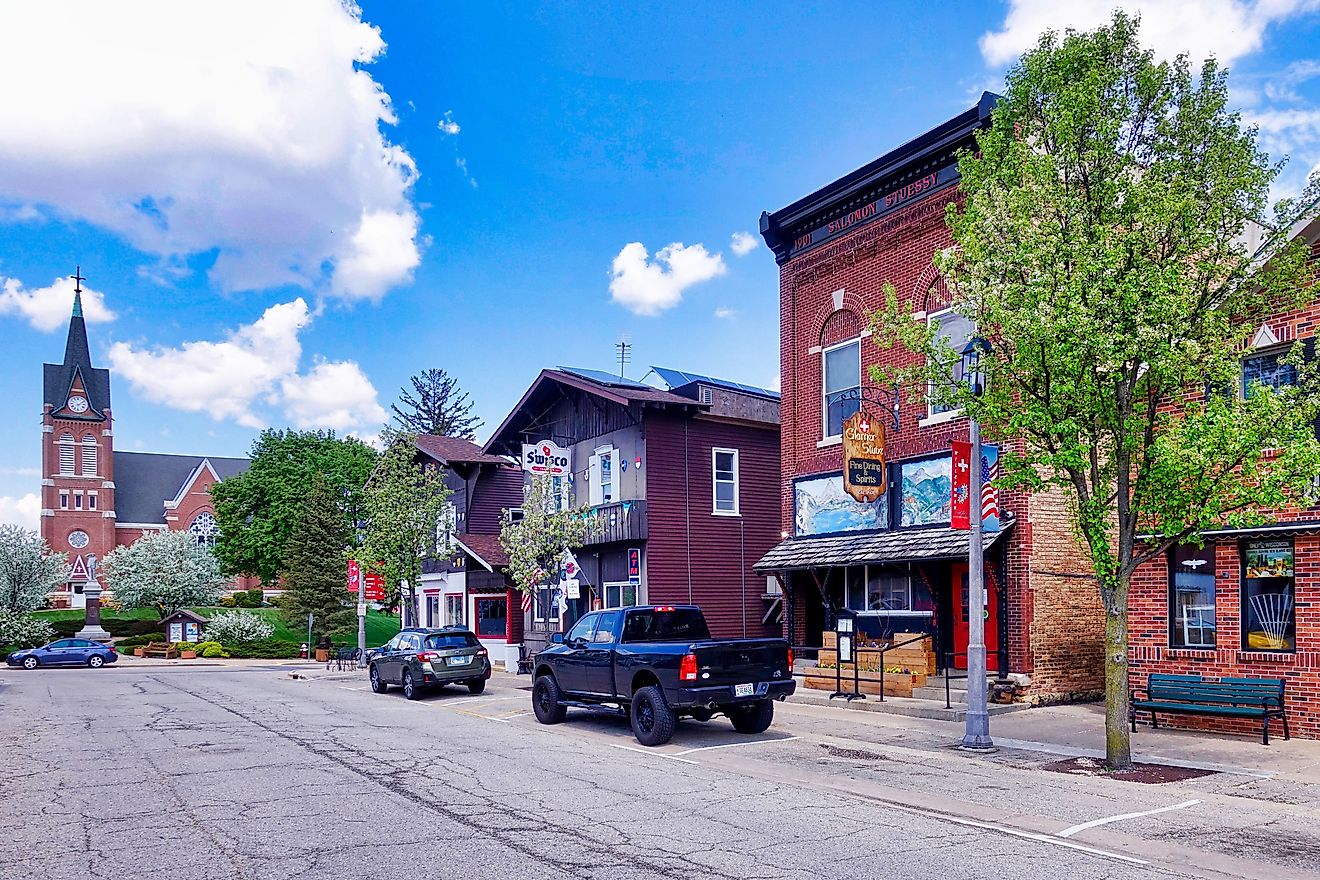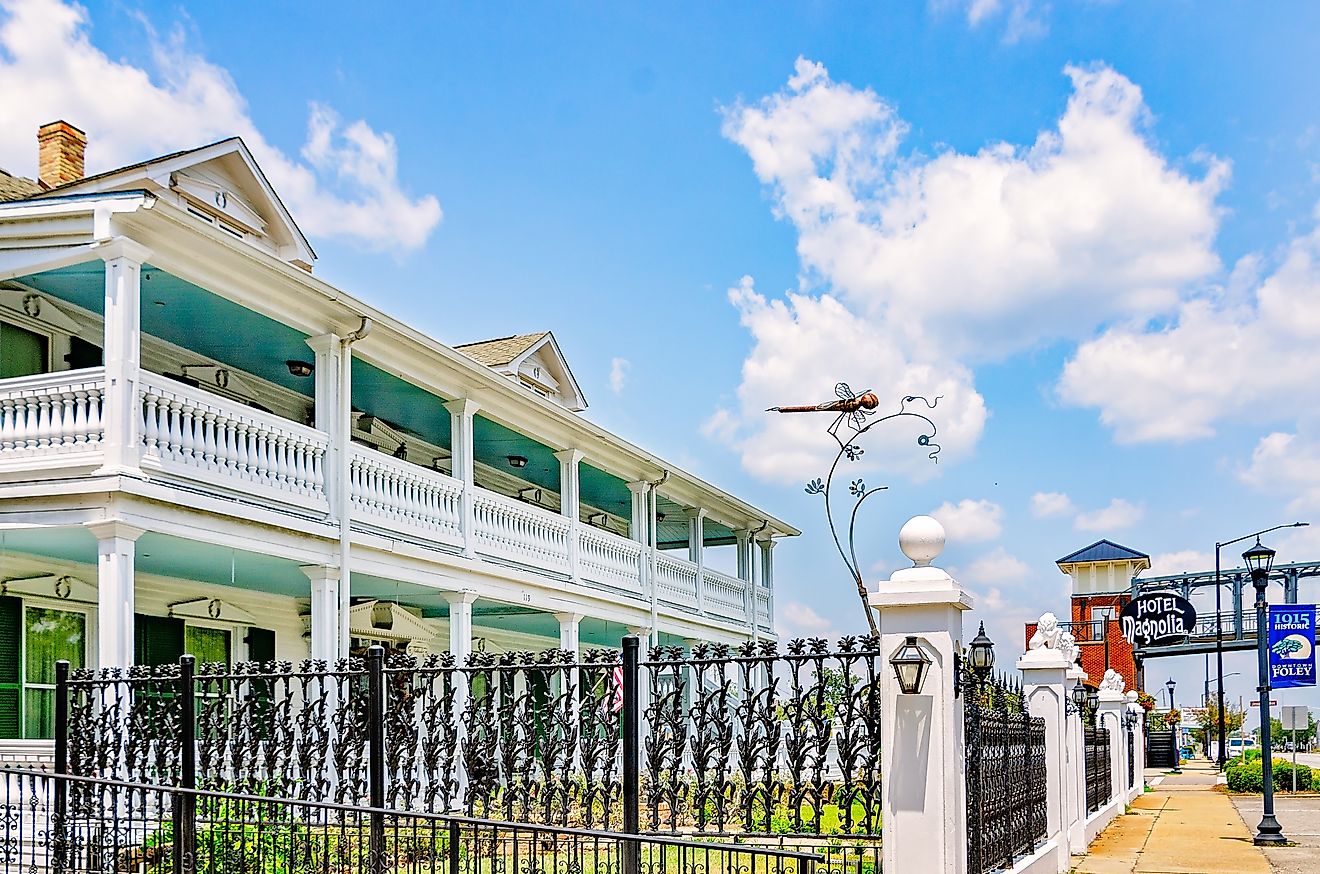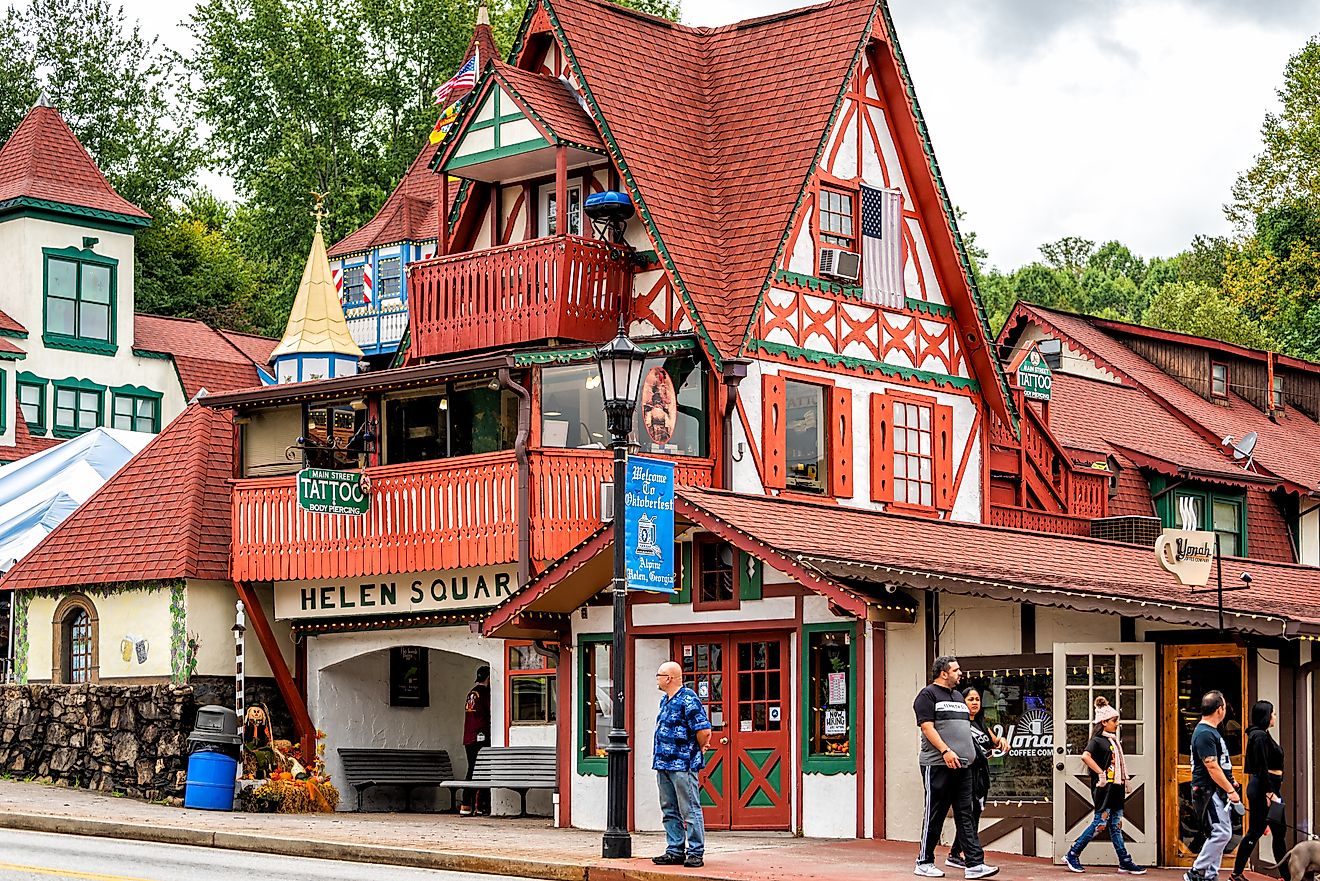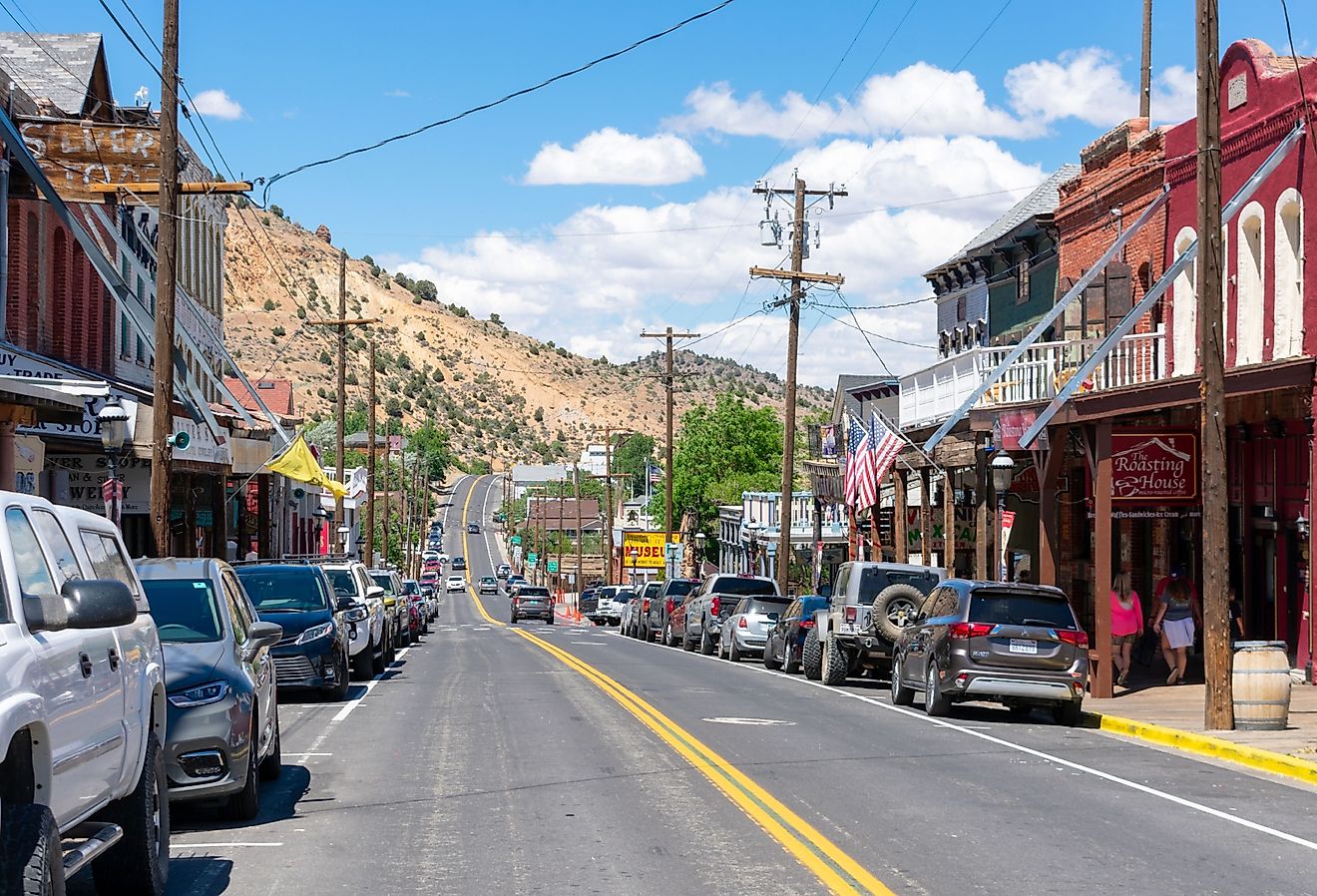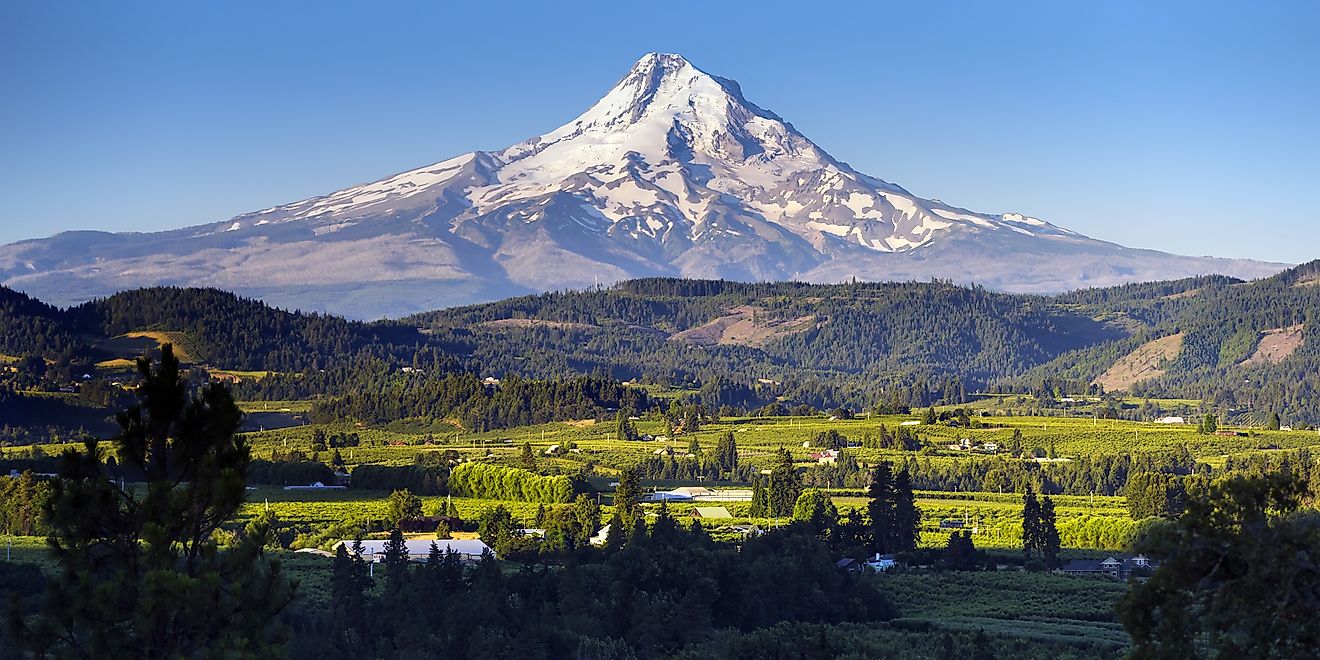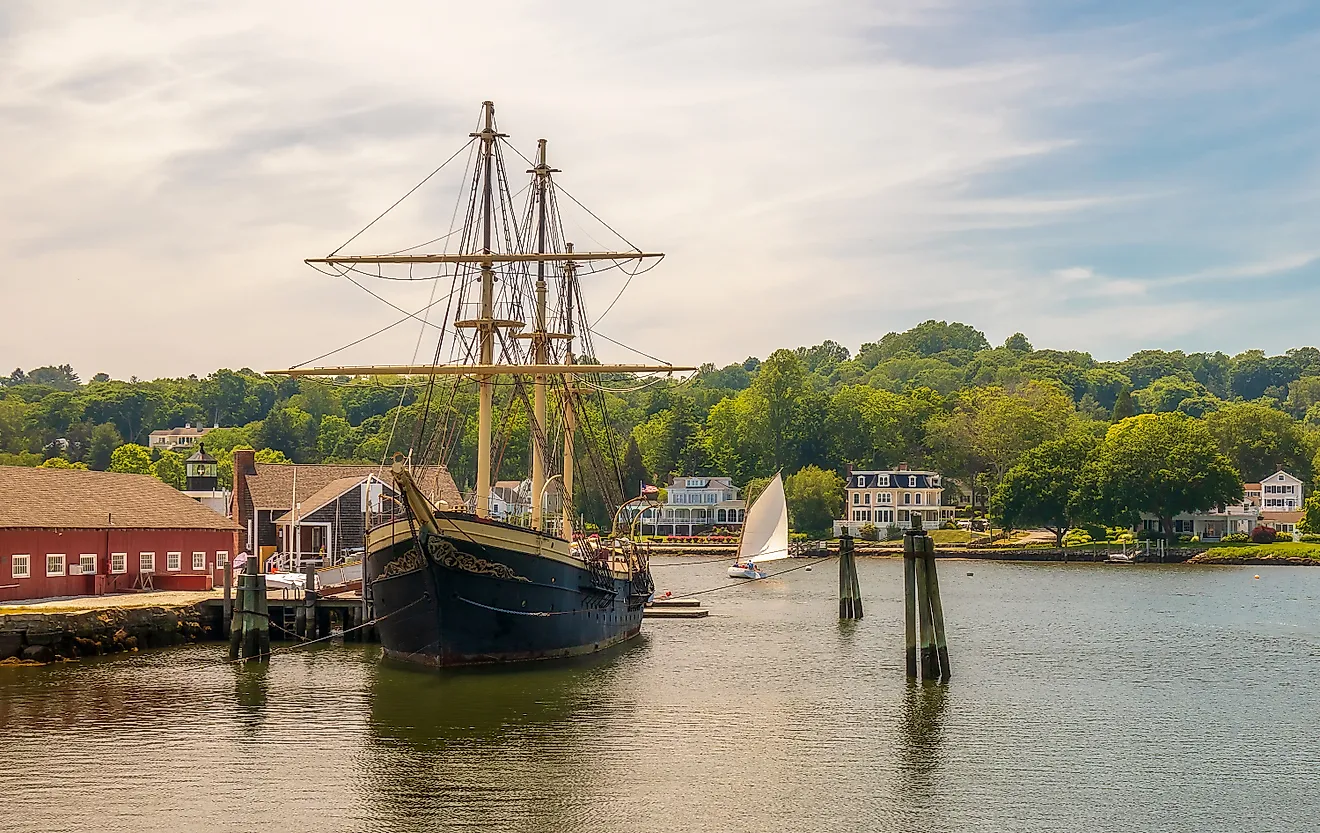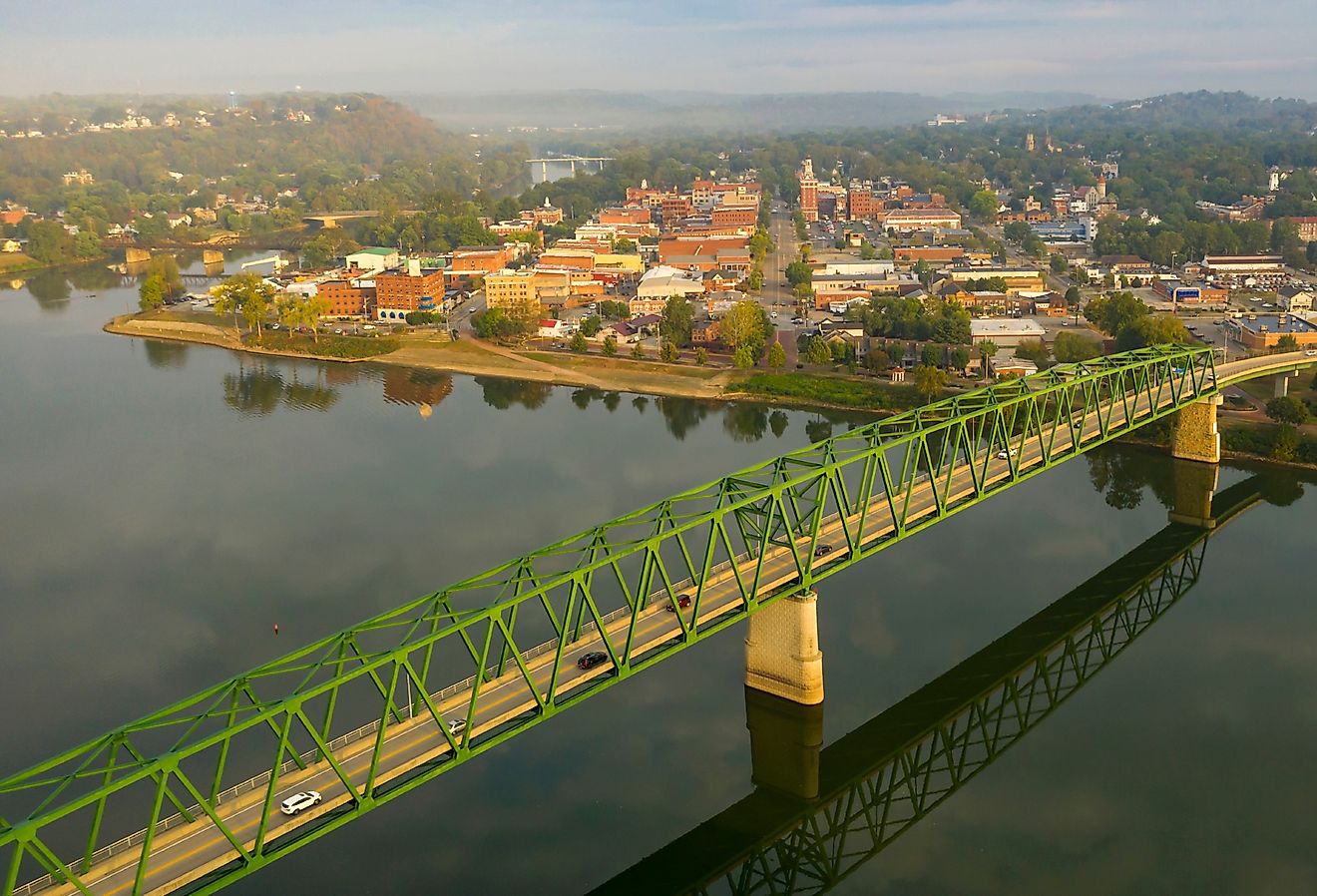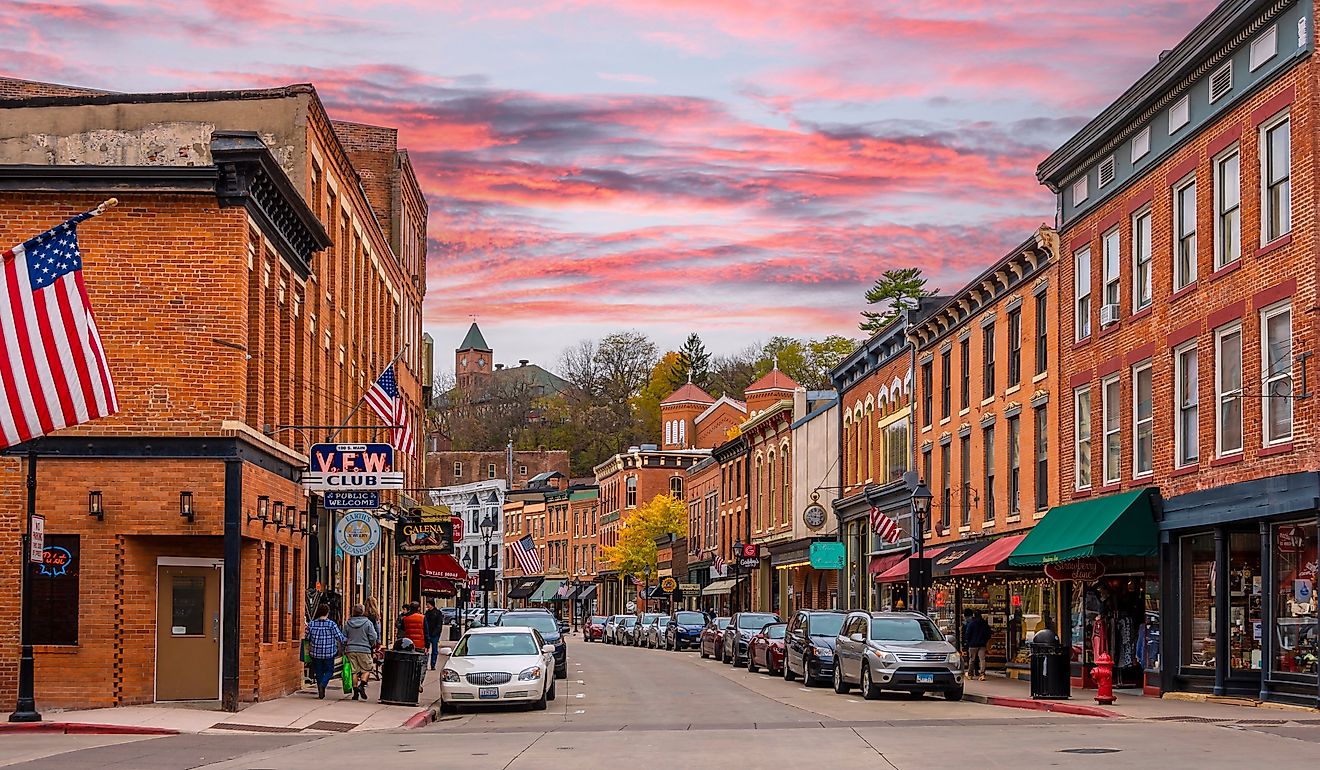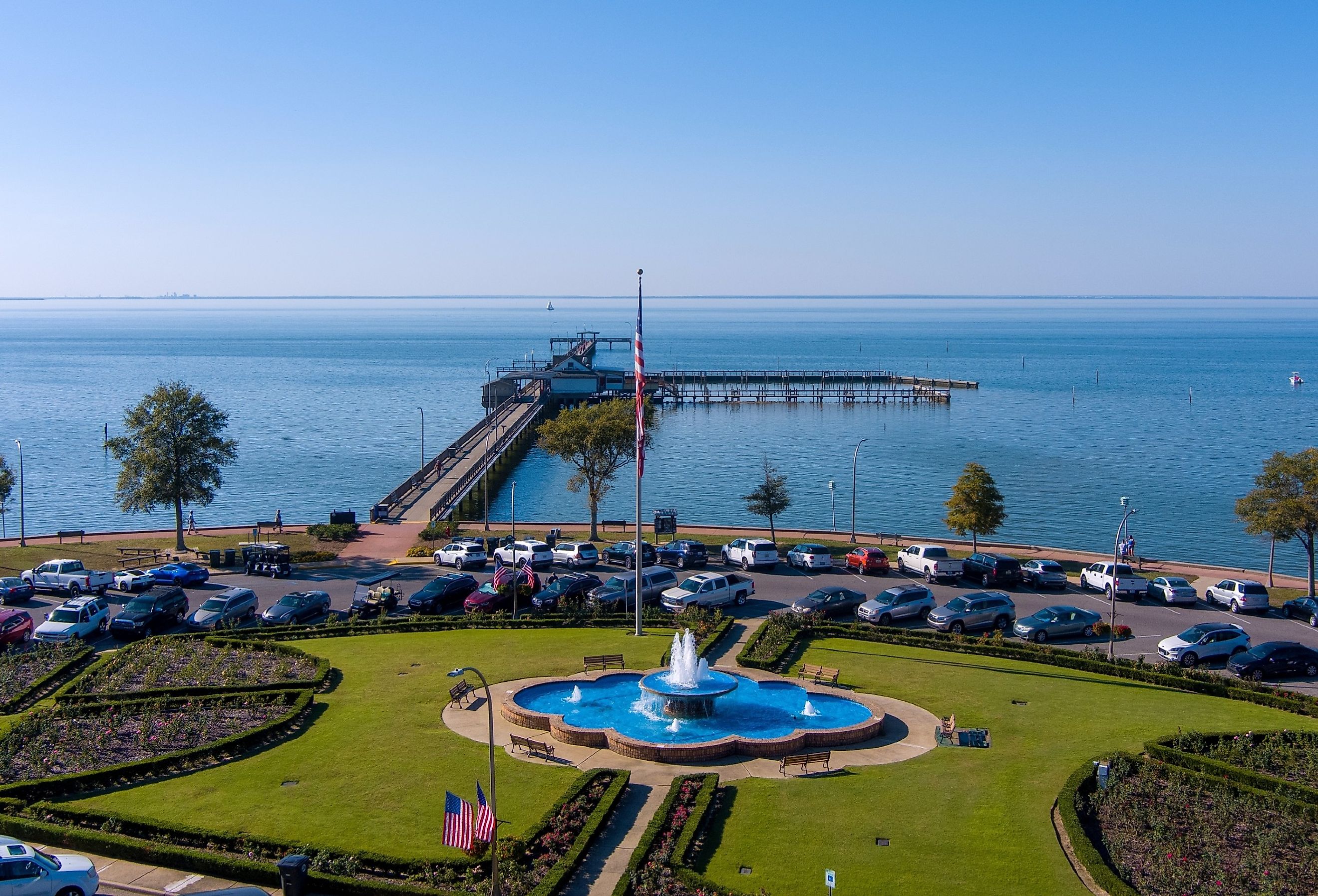
2025's 9 Most Scenic Alabama Towns
Alabama is a Southern state where natural beauty still leads the way—mist curls around mountain ridges, rivers carve through quiet valleys, and forests echo with birdsong rather than traffic. From the Appalachian foothills in the north to the Gulf Coast’s breezy barrier islands, Alabama offers a remarkable range of scenery within just a few hours’ drive. In its smaller towns, that beauty feels especially personal. The following nine towns represent some of the most scenic escapes in the Heart of Dixie for 2025. Whether standing on a bluff watching the horizon stretch for miles, wandering through ancient forests beside a waterfall, or simply sitting on a peaceful beach as the light fades, these places remind you of something essential—that sometimes, the quietest places hold the most beauty.
Mentone
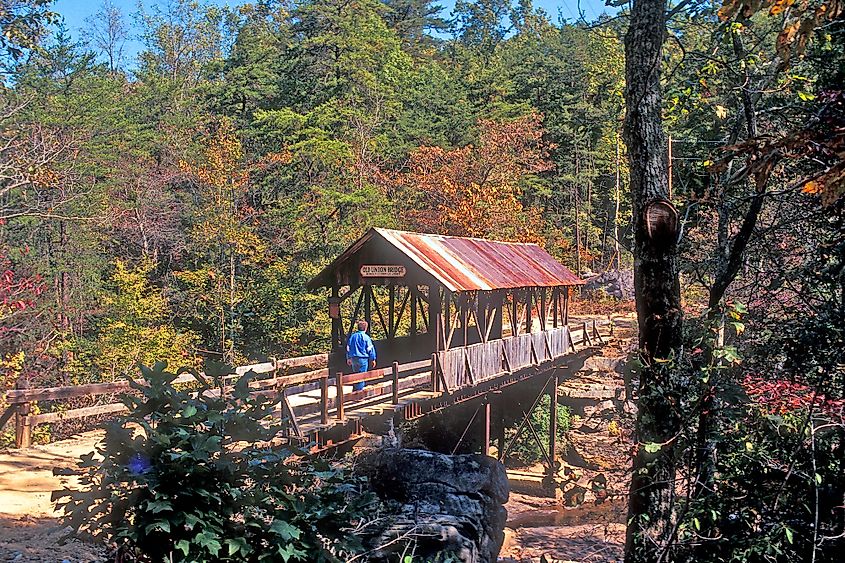
Mentone is a quaint, secluded mountain village nestled atop the west brow of Lookout Mountain, in northeast Alabama. The town’s elevation offers a front-row seat to the scenic drama of Alabama’s Appalachian foothills, where ridgelines stretch like ocean waves and morning mist clings to the treetops. Quiet forest trails meander through pine and hardwood groves, leading to hidden waterfalls, mossy boulders, and creeks that bubble softly over smooth stone.
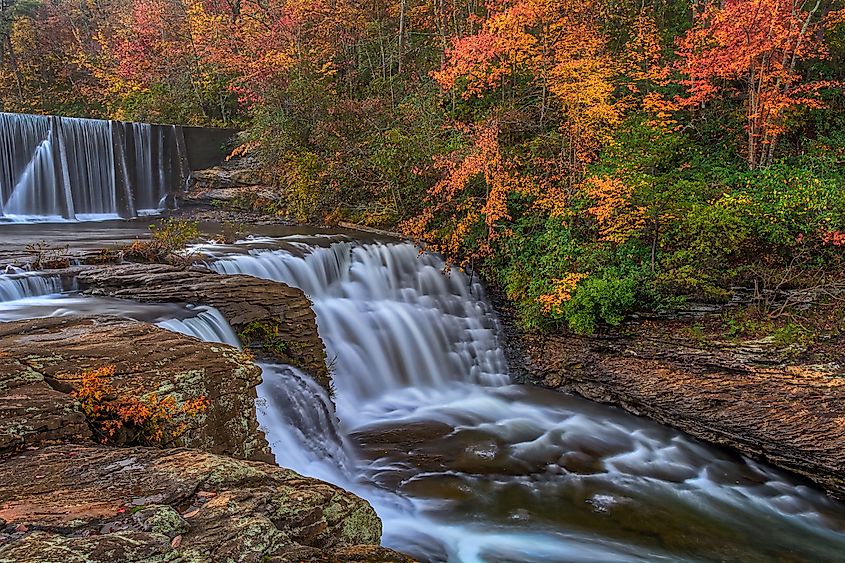
Mentone’s setting makes it a haven for hikers, nature photographers, and anyone needing a peaceful retreat. DeSoto State Park lies just outside town, offering well-marked paths, and the Little River Canyon National Preserve adds another layer of splendor with its sandstone cliffs, plunging falls, and panoramic overlooks. Brow Park offers one of the most stunning vantage points around. Sunset here feels like a sacred daily ritual, with light pouring across the hills in golden waves.
What makes Mentone so special isn’t just its scenery—it’s how the scenery makes you feel. Time seems to slow, your senses sharpen, and the world's worries drift away with every breath of mountain air. It’s not just a beautiful place—it’s a restorative one.
Magnolia Springs
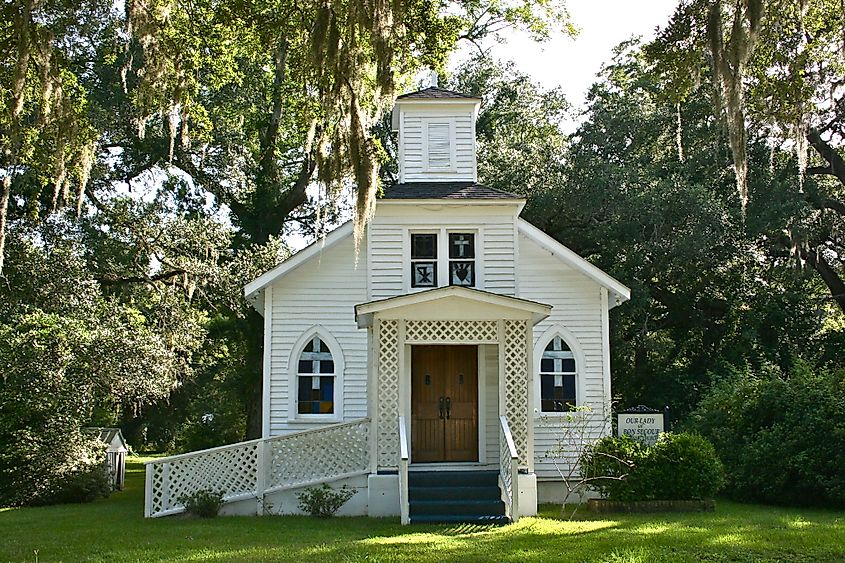
Magnolia Springs sits along the Magnolia River in Southern Alabama and feels like a storybook setting brought to life. The calm and winding river runs straight through the heart of town, flanked by towering live oaks draped in Spanish moss. There is a hush to this place—a gentleness in how the water flows, the trees sway, and the light filters through green canopies overhead.
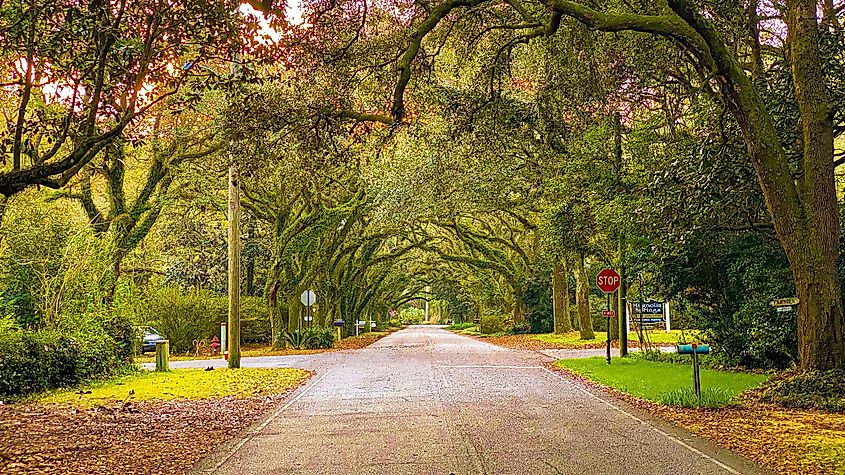
Nearby, the Weeks Bay Estuarine Reserve and surrounding wetlands form a rich mosaic of tidal marshes and forested swamps. These areas teem with life—egrets and herons wade silently through the shallows, while butterflies dance through native wildflowers.
A walk through Magnolia Springs is like stepping into another rhythm where time slows and everything feels more rooted. The interplay of water, forest, and solitude creates a timeless and healing atmosphere. Here, the landscape doesn’t just impress—it soothes.
Mooresville
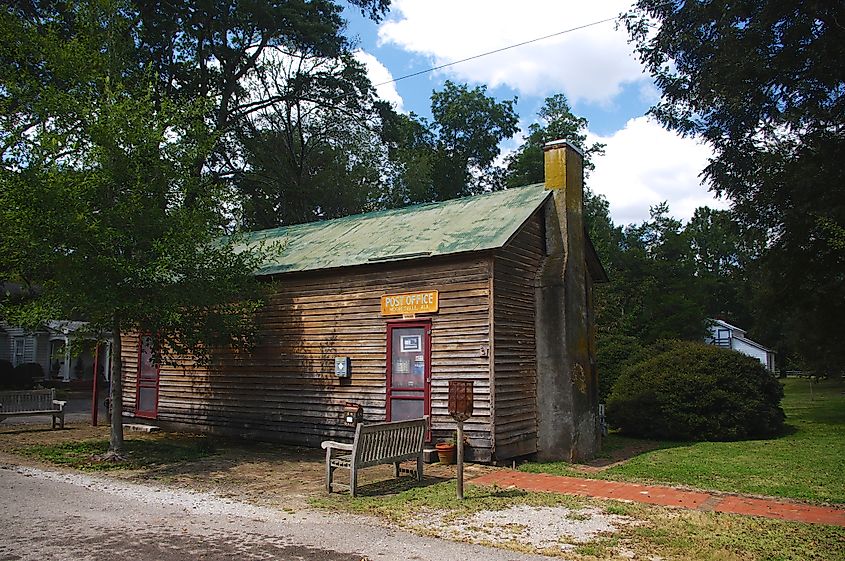
Nestled between the Tennessee River and Wheeler National Wildlife Refuge, this tiny town of fewer than 100 residents is known for its perfectly preserved 19th-century charm. White picket fences, brick sidewalks, and ancient shade trees line the streets, where every home and structure seems to tell a story.
Just west of town lies Wheeler Lake, a sprawling reservoir along the Tennessee River. Its glassy surface stretches for miles, reflecting big southern skies and providing a scenic playground for boaters, anglers, and anyone who enjoys time near the water. Campers will want to check out Joe Wheeler State Park, which has over 116 campsites and 16 miles of hiking/biking trails.
Wheeler National Wildlife Refuge offers a vast sanctuary of wetlands, hardwood forests, and shallow lakes for an ever-changing landscape alive with wildlife. During winter, the skies above Mooresville fill with the sound and sight of thousands of sandhill cranes, snow geese, and other migratory birds. The area is a haven for photographers and birdwatchers alike.
Eufaula
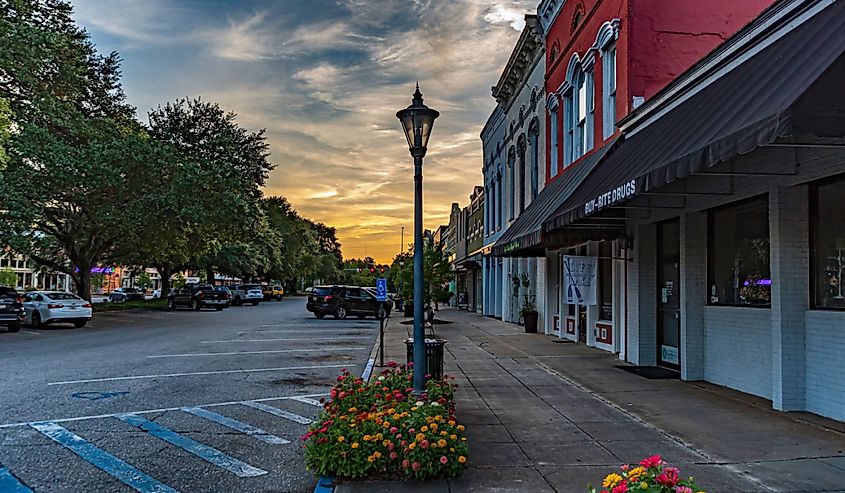
Perched on a bluff overlooking the shimmering expanse of Lake Eufaula, this town exudes a grandeur shaped by nature and time. Sometimes called the “Bass Capital of the World,” Eufaula’s massive lake—also known as the Walter F. George Reservoir—stretches over 45,000 acres along the Chattahoochee River, offering a breathtaking backdrop of wide-open water, rolling hills, and towering pine forests.
On the lake's northern edge, Lakepoint State Park offers even more opportunities to connect with the outdoors. This expansive park features miles of shoreline, birding trails, and quiet coves perfect for kayaking or wildlife photography. It’s a serene place to wander among pine groves or watch the light dance on the water.
The Eufaula National Wildlife Refuge lies just outside town, encompassing more than 11,000 acres of wetlands, marshes, and upland forests. In spring and fall, migratory birds fill the skies—bald eagles, great blue herons, egrets, and ospreys make regular appearances. The refuge’s walking trails and observation decks invite visitors into an undisturbed world of chirping frogs, rustling reeds, and soft gliding wings.
In town, the elevation along the bluff gives panoramic vistas of the lake and forests beyond, especially from spots like Old Creek Town Park. The rhythm of life here pulses with the beat of the outdoors—whether you are fishing, birding, boating, or simply sitting quietly at the water’s edge.
Fairhope
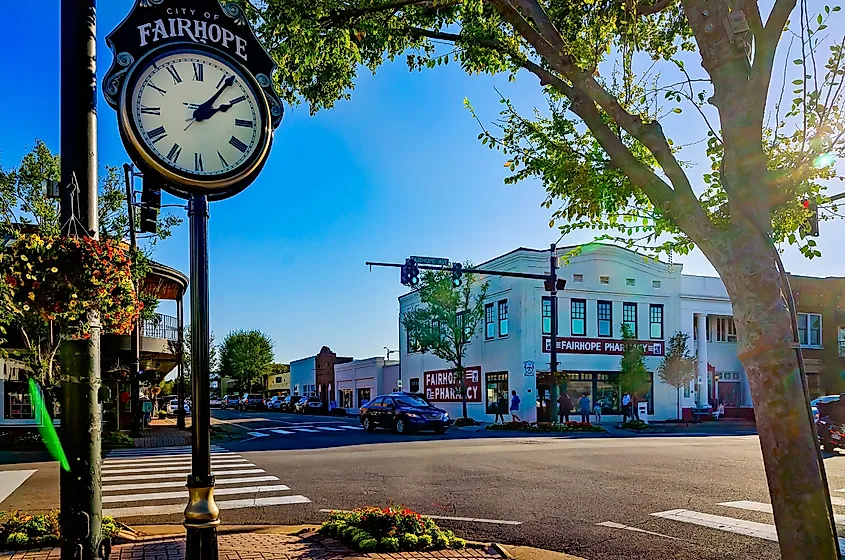
Fairhope seems built around the beauty of the Gulf Coast. With its wide-open views of the bay, it offers a kind of coastal calm that sinks in the moment you arrive. The landscape here feels curated by nature—rolling gently toward the water, lined with flowering shrubs, and shaded by live oaks stretching their limbs like sculpture.
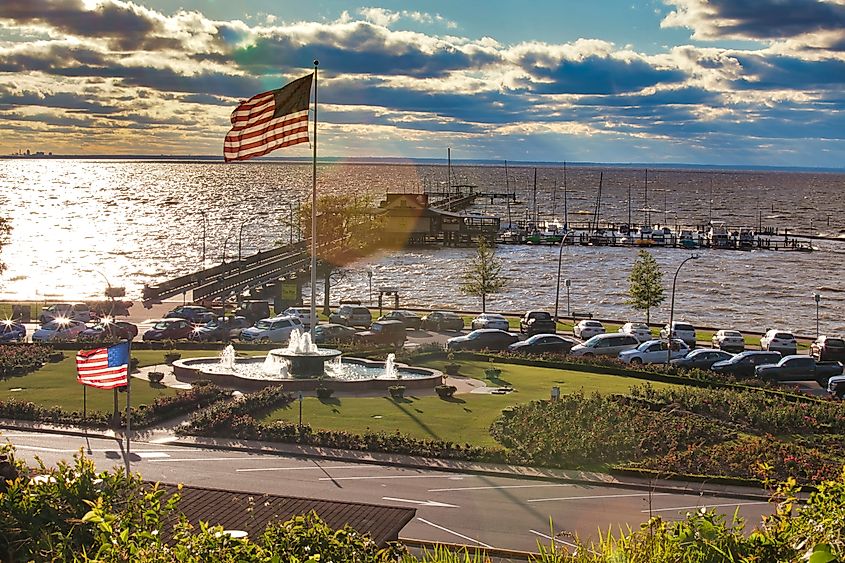
One of the town's most iconic features is its Fairhope Municipal Pier, where locals and visitors gather to stroll, fish, or gaze out across the bay. At sunrise and sunset, the sky often becomes a swirling canvas of orange, lavender, and rose—its colors reflected perfectly in the calm waters below. The Beach Park Tree Trail in North Beach Park offers over 500 species of trees. Knoll Park is another fantastic venue for bird watchers.
Fairhope's real beauty might be its residents. For generations, those who have called this community their home have valued and preserved their connection to the natural world. They know their town's secret: Fairhope is as close to coastal heaven as anyone can get.
Guntersville
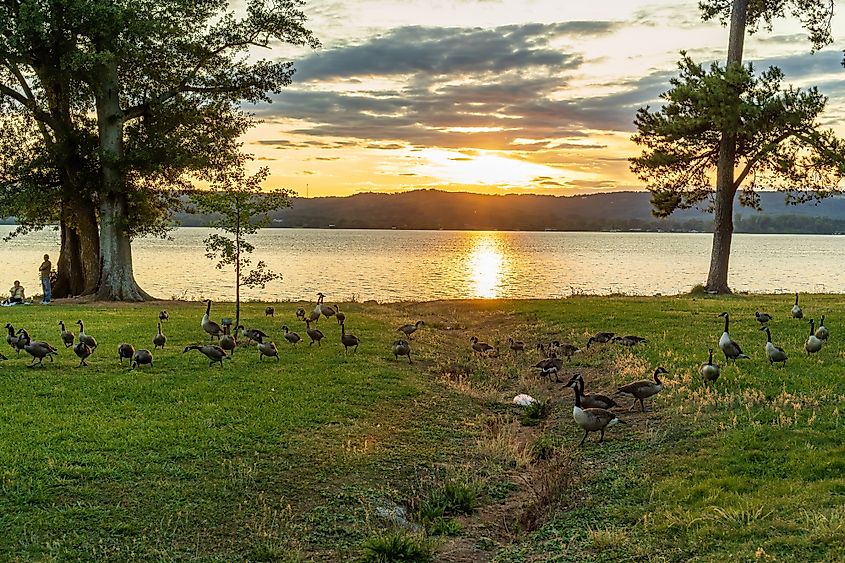
Guntersville boasts one of the most striking natural settings in Alabama. At its heart is Lake Guntersville, a vast, winding reservoir that reflects the ever-changing sky and serves as both a scenic centerpiece and a source of quiet energy. The lake is Alabama’s largest, stretching 75 miles and over 69,000 acres. The lake brings endless views of coves, ridgelines, and sun-dappled inlets.
The town sits on a peninsula, offering water views at nearly every turn. Whether driving along tree-lined roads or strolling along the shoreline, the scenery surrounds you. Lake Guntersville State Park lies just northeast of town and offers a deeper immersion into this rich landscape. Miles of hiking and biking trails wind through hardwood forests, up to ridgelines that reveal sweeping lake vistas, and down into quiet hollows filled with birdsong and rustling leaves.
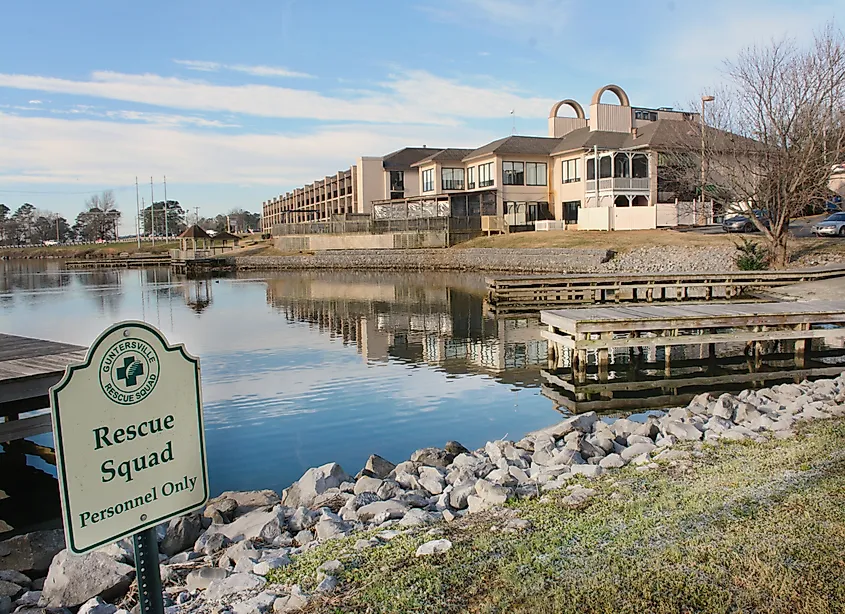
The park is also a haven for wildlife, particularly in winter, when bald eagles nest in the area and can often be seen soaring over the lake or perched in tall pines. Photographers and nature lovers come from all over to witness this seasonal spectacle. Sunsets here are especially magical, with the last light stretching across the water and filtering through the trees.
Double Springs

Double Springs is a quiet town that feels entirely wrapped in wilderness. It is the beating heart of the William B. Bankhead National Forest, a vast and richly forested area. This region offers some of the state’s most dramatic and untouched natural beauty with dense hardwood canopies, mossy ravines, and clear-flowing creeks.
Just beyond the town’s borders lies the Sipsey Wilderness, often called “The Land of a Thousand Waterfalls.” Trails meander through towering sandstone cliffs, over footbridges, and into deep, fern-covered hollows where waterfalls appear like secrets tucked into the woods. Some falls are delicate trickles; others, like Fall Creek Falls or Mize Mill Falls, cascade with breathtaking force. Along the way, you will find hidden swimming holes, ancient rock shelters, and even pockets of old-growth forest—home to towering hemlocks and hardwoods untouched for centuries.
The stillness in these woods is profound. Birdsong, the rustle of deer in the underbrush, and the distant sound of falling water are often the only interruptions. Whether hiking, backpacking, or simply resting by a creek, the land here makes time feel suspended.
Dauphin Island
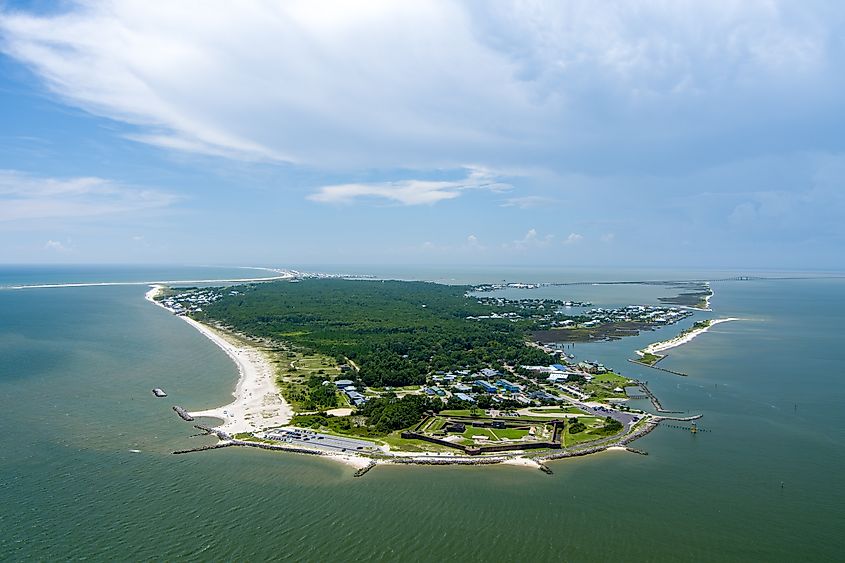
Dauphin Island sits on the Alabama Coast, offering a beauty that feels wild, windswept, and completely unfiltered. Connected to the mainland by a long, low bridge over the Gulf’s inlets, the island seems to float between sea and sky. Here, nature is in constant motion—waves roll in rhythmically along sandy shores, breezes carry salt and birdsong through the air, and the tides sculpt the landscape day after day.
Dauphin Island is known for its unspoiled beaches stretching for miles in soft, dune-laced ribbons along the Gulf. Unlike more commercialized stretches of the coast, the beaches here remain peaceful and quiet, perfect for long walks, shell collecting, or simply sitting and watching the horizon blur with the water. A short distance away on the northern shore of the island is Indian Shell Mound Park, an 11‑acre site preserving prehistoric oyster-shell mounds built by Native American cultures from 1100 to 1550 CE.
The Audubon Bird Sanctuary offers 137 acres of maritime forest, swamp, and beachfront that serve as a vital stopover for migratory birds. Spring and fall migrations fill the air with flashes of color and bursts of birdsong as warblers, tanagers, and shorebirds pause on their long journeys. Winding trails through the sanctuary lead you past freshwater ponds, pine groves, and quiet beach overlooks where herons wade and ospreys dive for fish.
Delta

This small community sits near the edge of the Talladega National Forest and feels like a secret you will want to keep for yourself. Close by is Cheaha Mountain, Alabama’s highest point at 2,407 feet. This area offers vistas you wouldn’t expect in the Deep South—craggy ridges, sweeping long-range views, and cool, pine-scented air.
The region's heart is Cheaha State Park, a scenic retreat and a gateway to adventure. From the park’s stone observation tower, the view stretches across dense forests and rolling hills that seem to go on forever. Hiking trails like the Bald Rock Boardwalk or the more rugged Pinhoti Trail offer dramatic outlooks, mossy boulders, and quiet moments under a cathedral of trees. Wildflowers bloom in spring, and by fall, the hills erupt in rich golds and reds that rival anywhere in New England.
These nine Alabama towns don’t shout for attention, but they leave a lasting impression. Their beauty lies in ridgelines, rivers, forests, and skies—in the quiet moments when nature takes over and invites you to pause. In 2025, they offer more than just scenery; they offer space to reconnect with the land, and maybe even with yourself.

